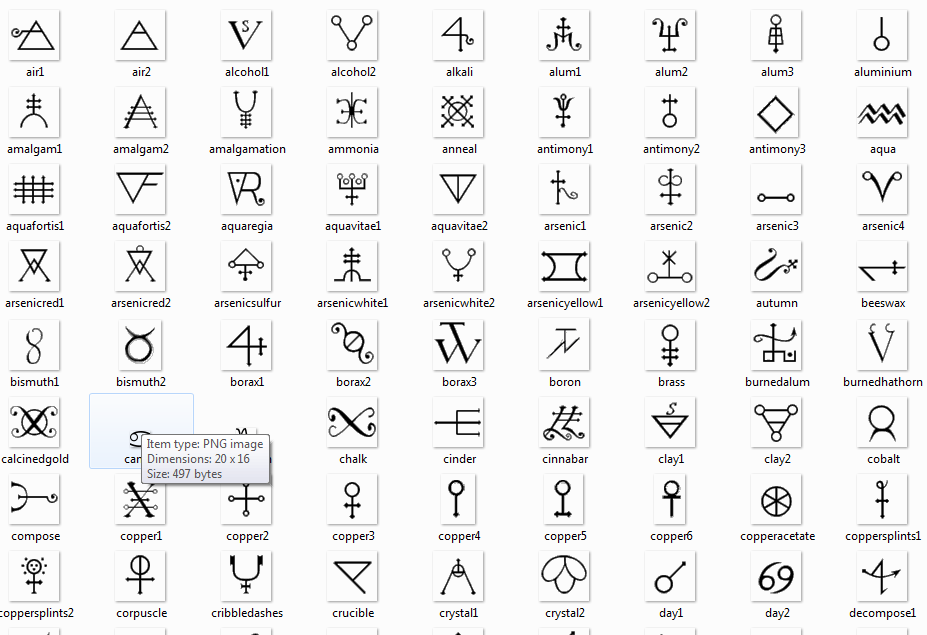

“Its fascination derives from the archaic preciseness of the image,” explains Beil, “instantly understandable by every culture, and thus used by a majority of them for two-thousand years”. Never Ending Stories begins and ends with the ouroboros because it is a symbol that has resonated throughout so many different eras. That they would also come to possess, through their experiments, the prized ‘philosopher’s stone’ that would bring them all the bling in the world, was mere icing on the cake. Again representing the infinite nature of time and the eternal, it was seen in the eyes of the alchemists as the ultimate obstacle to be overcome in the Magnum Opus, their incessant struggle for to become immortal – their chief aim – meant to break the incessant cycle of the ouroboros once and for all. In the more widespread Roman variant of Iranian Mithraism, Zurvan, symbolising ‘boundless time’, is depicted with an ouroboros entwined around his body, while the Mesoamerican deity Quetzalcoatl is often seen in the form of an ouroboros.Īs if this weren’t enough, the ouroboros went on to enjoy much popularity among Renaissance alchemists. In Norse mythology, the serpent Jörmungandr encircles the world with its tail in its mouth, while in Hinduism, the ouroboros forms part of the foundation upon which the Earth rests. The ouroboros also appears in other ancient traditions. In this sense, it is comparable to the Chinese yin and yang, depicting the harmony of contrary forces, as well as the cosmic dichotomy of light and darkness in Manichaeism and the Zoroastrian philosophy of the farvahar, which first posited that each soul was composed of a pure, divine component, as well as a human one. From a Gnostic viewpoint, the opposing ends of the ouroboros were interpreted as the divine and earthly in man, which, despite being at odds with one another, existed in unison nonetheless. The ouroboros was also of significance to the Gnostics.
Alchemy meaning series#
The ancient Egyptians understood time as a series of repetitive cycles, instead of something linear and constantly evolving and central to this idea was the flooding of the Nile and the journey of the sun. According to leading Egyptologist Jan Assmann, the symbol “refers to the mystery of cyclical time, which flows back into itself”. The oldest-known ouroboros appeared on a golden shrine in the tomb of Tutankhamen – ‘King Tut’ – in Egypt in the 13th Century BC, after a brief lull in traditional religion brought about by his predecessor, Akhenaten. What, then, are its origins, and what does it signify? The ouroboros, however, isn’t Greek, and certainly isn’t a celebration of self-cannibalism. In its original and most common variation, it depicts a snake eating its own tail in a closed circle. Literally meaning ‘tail-devourer’ in Greek, it has appeared in numerous forms in a wide array of contexts and geographies.

And the ouroboros is one of the most compelling, a symbol that has been the subject of awe and wonder for millennia.


 0 kommentar(er)
0 kommentar(er)
